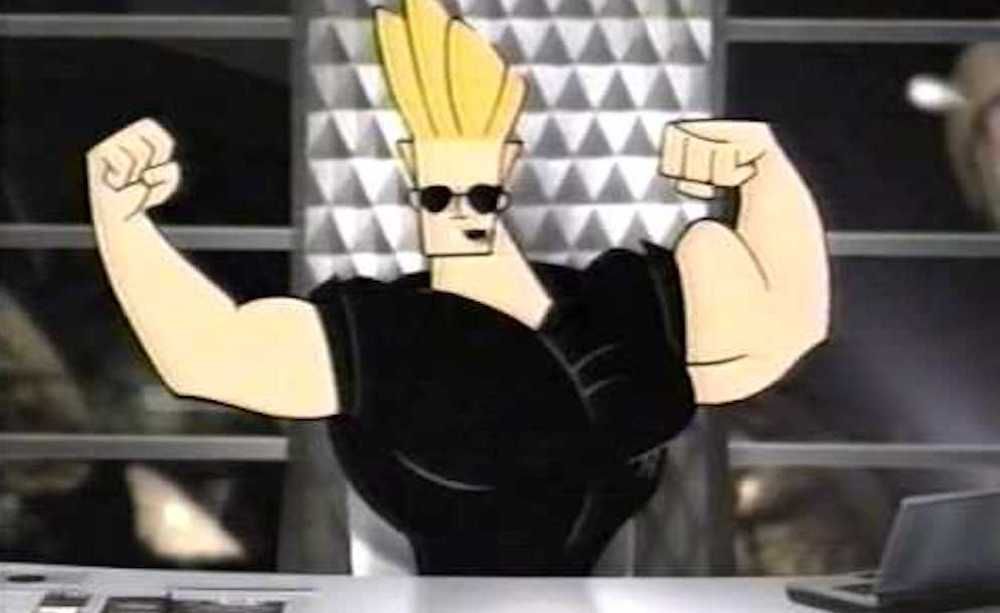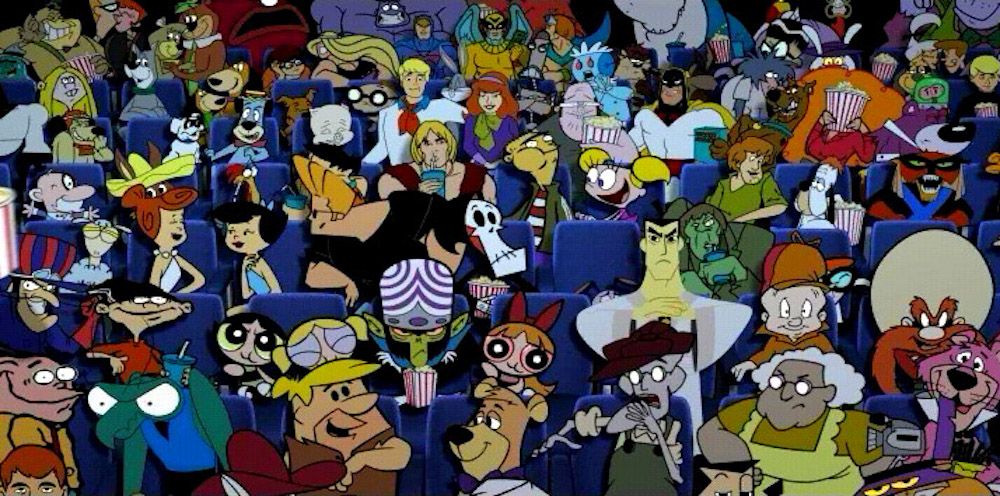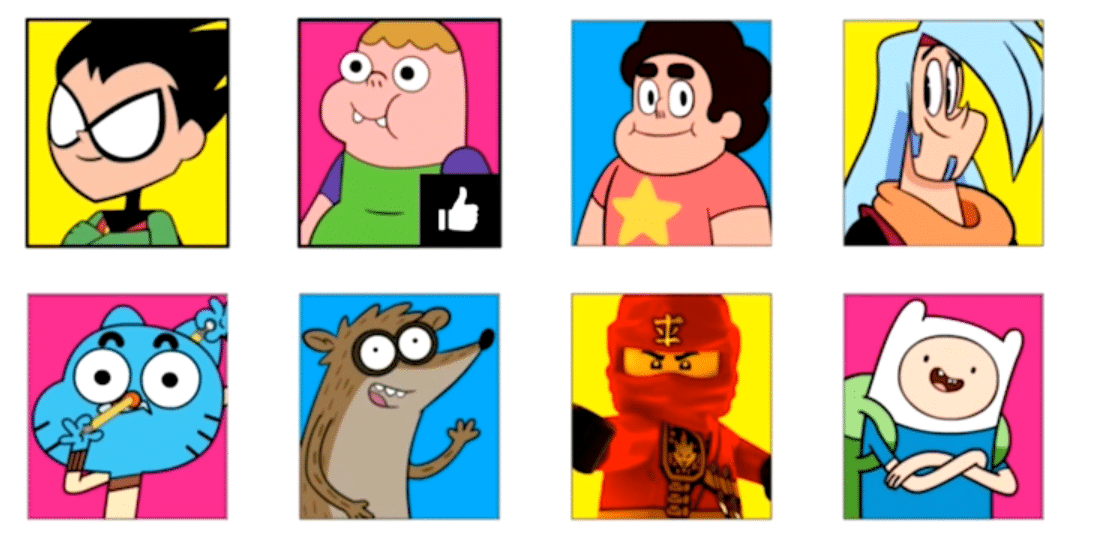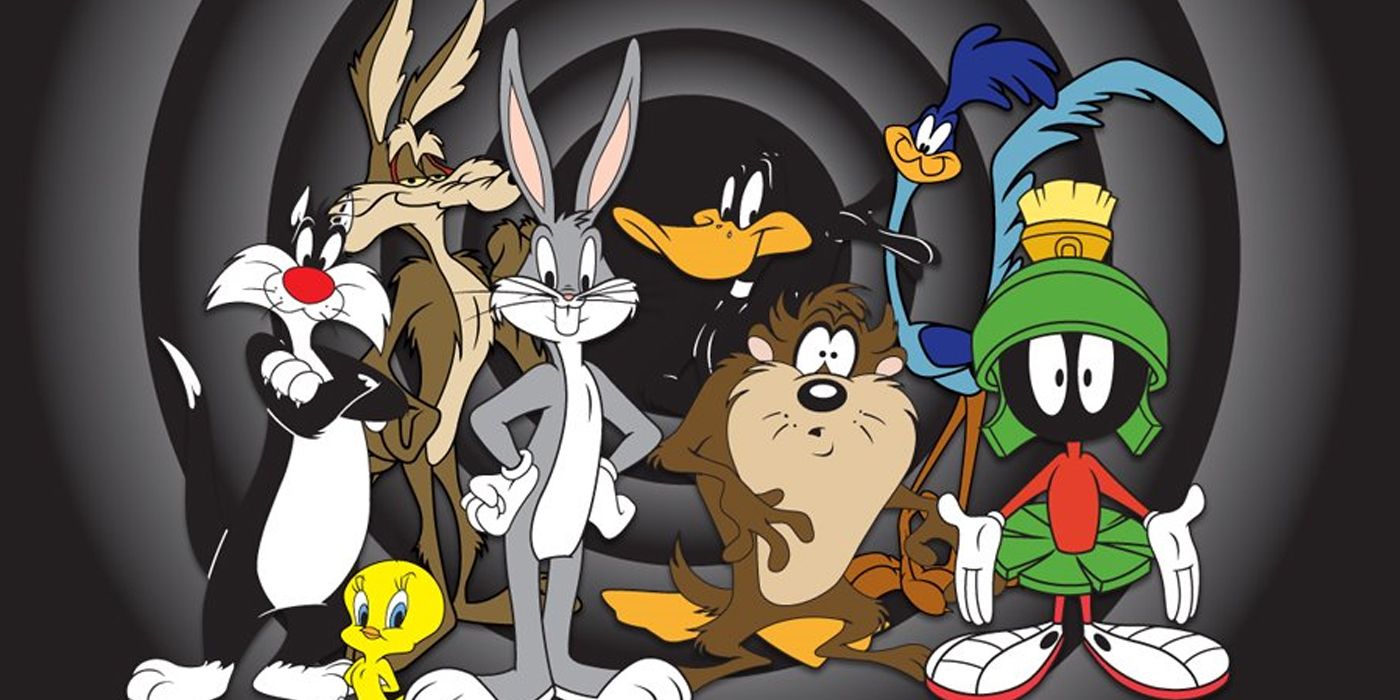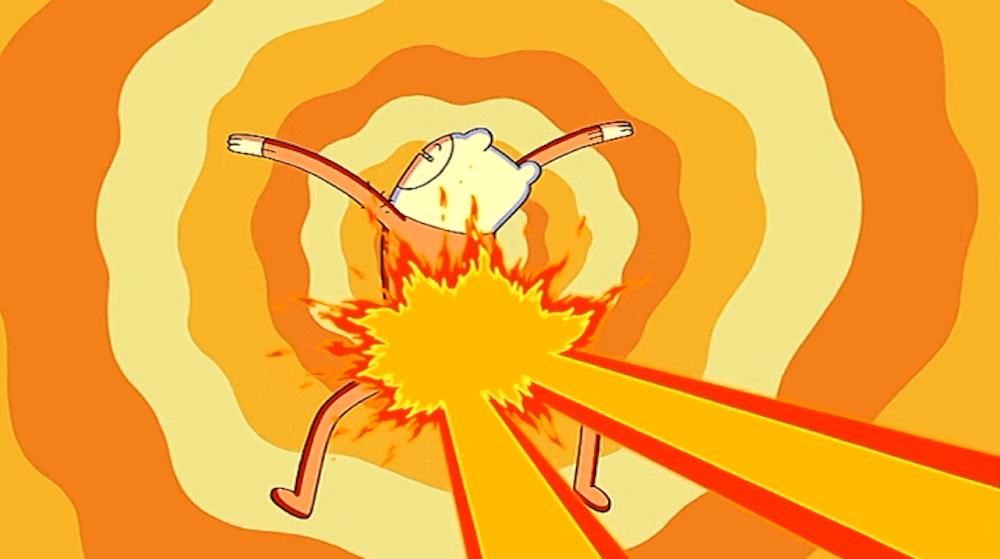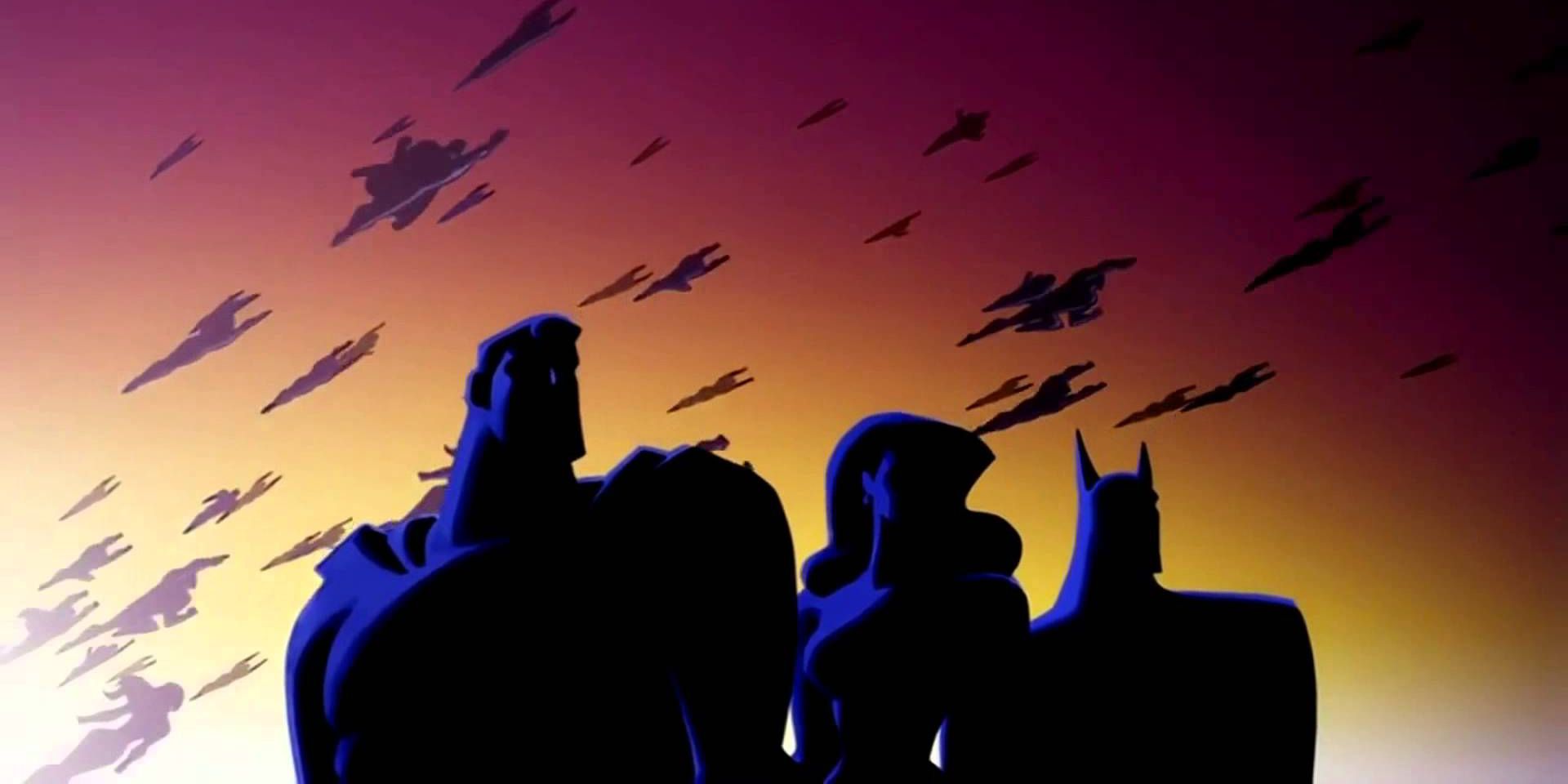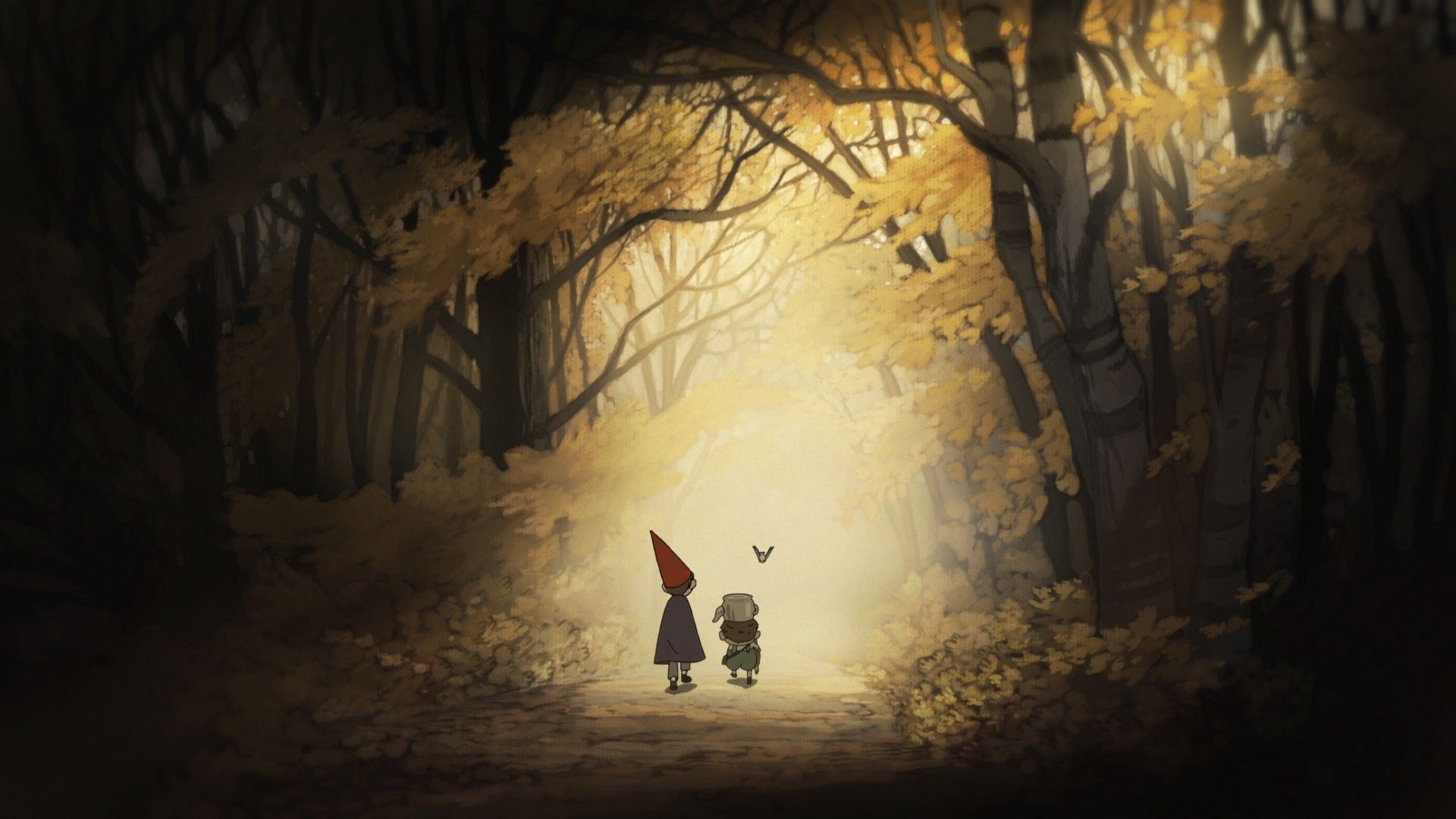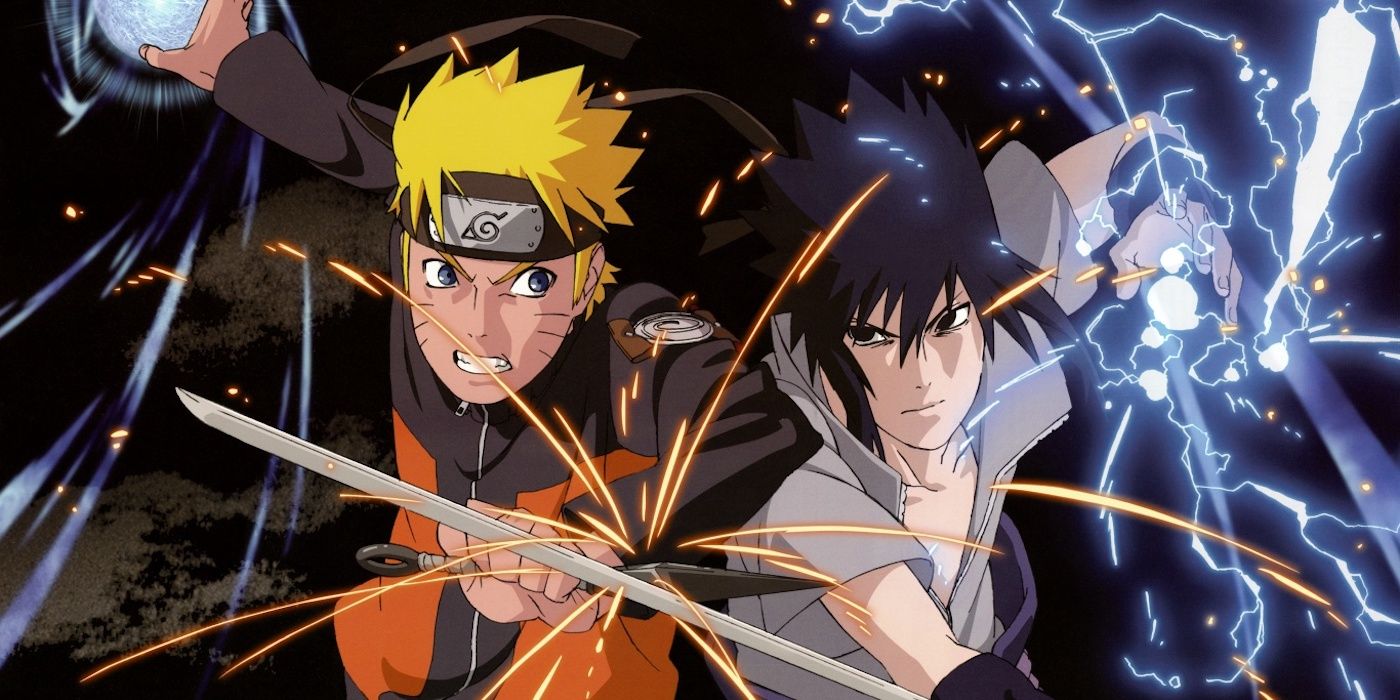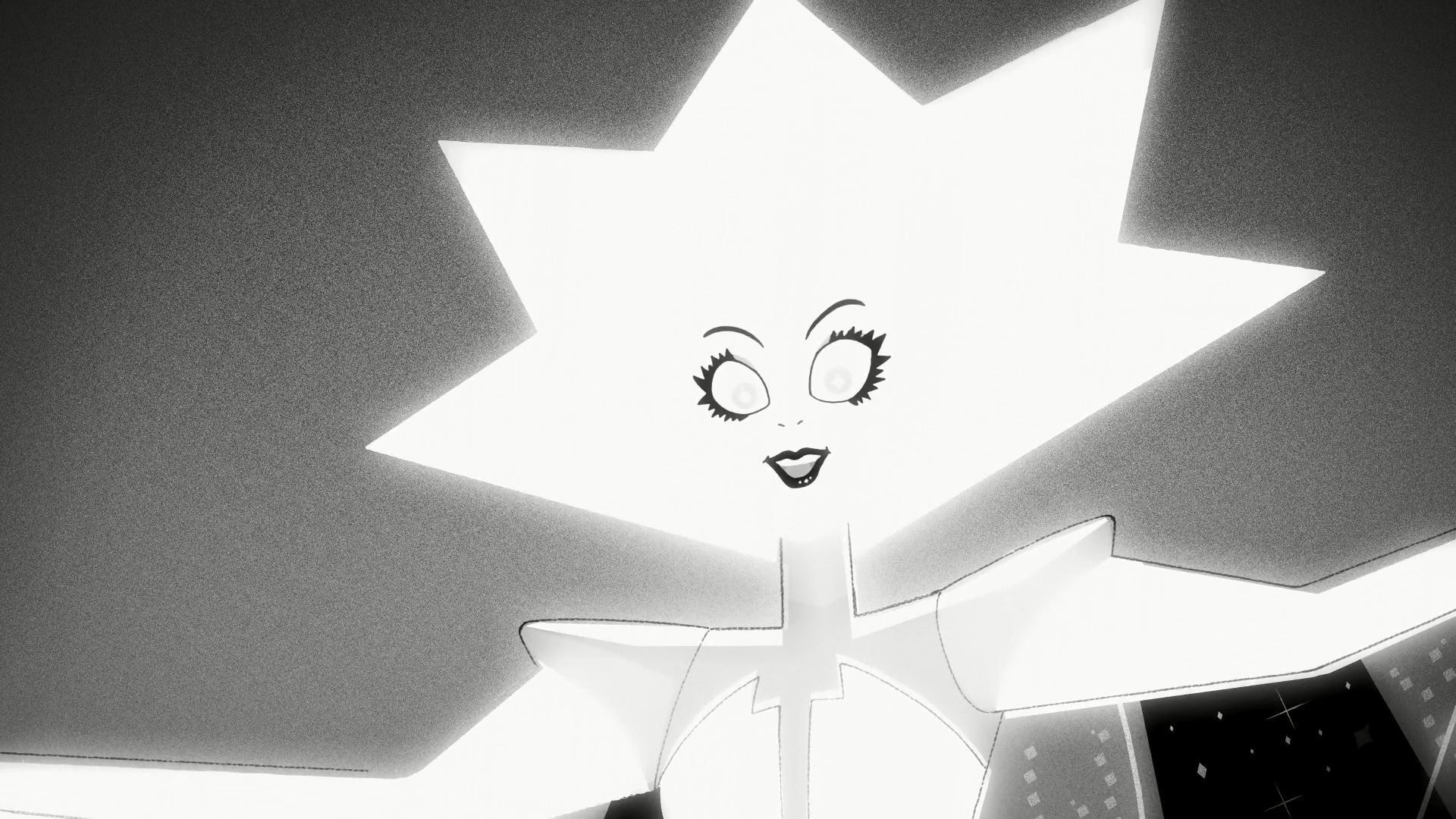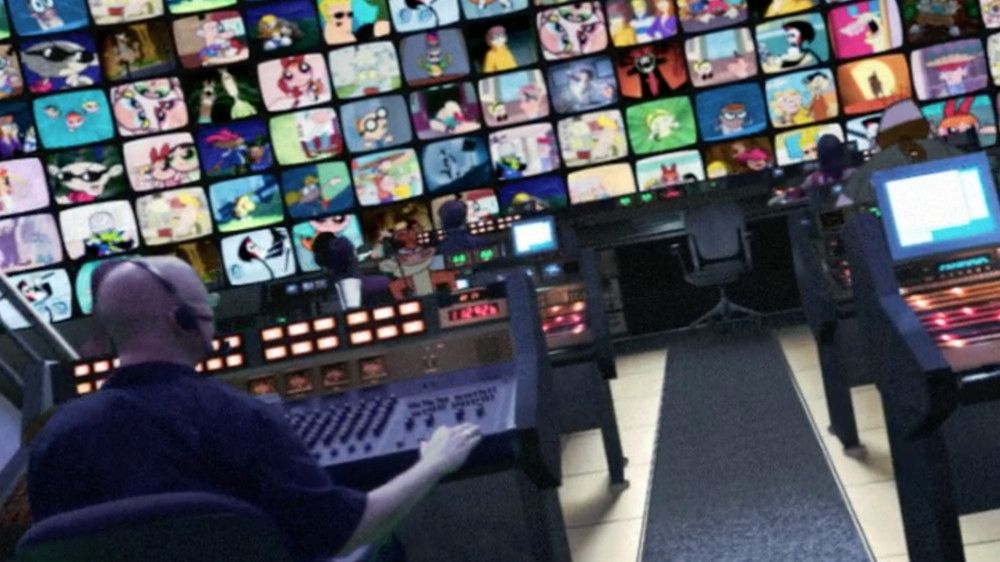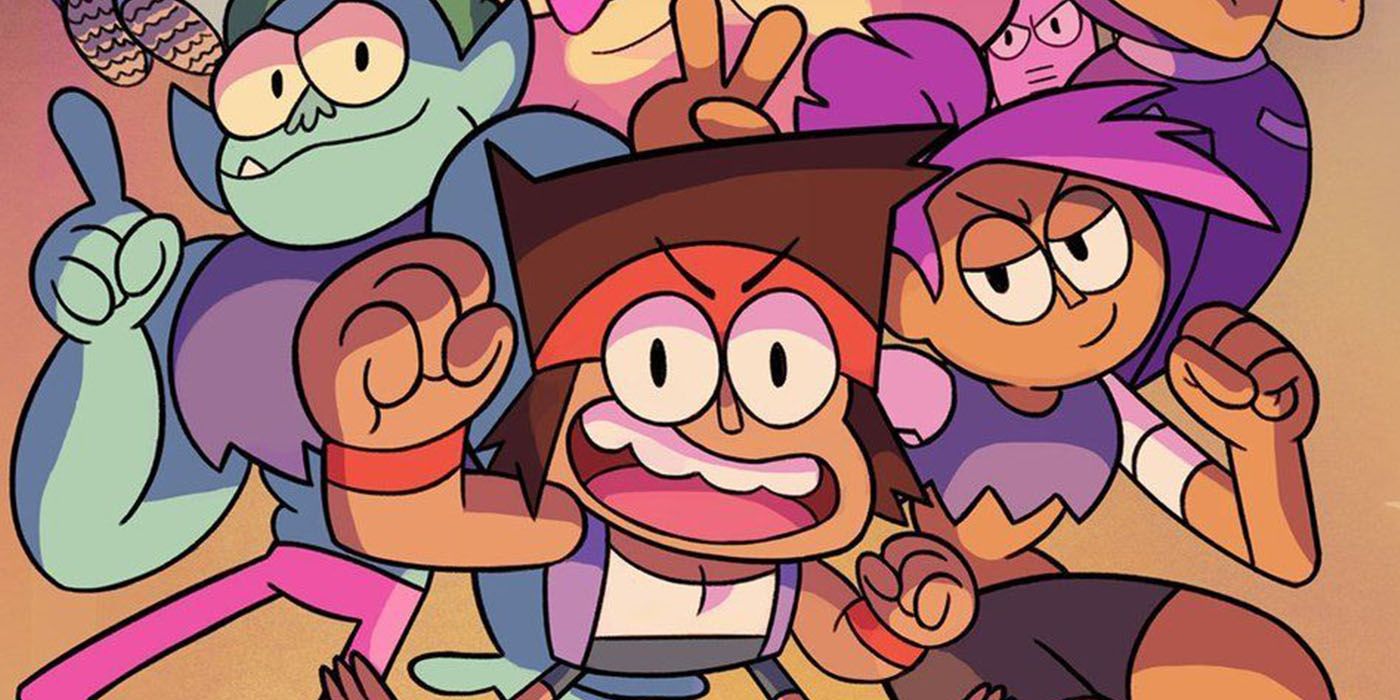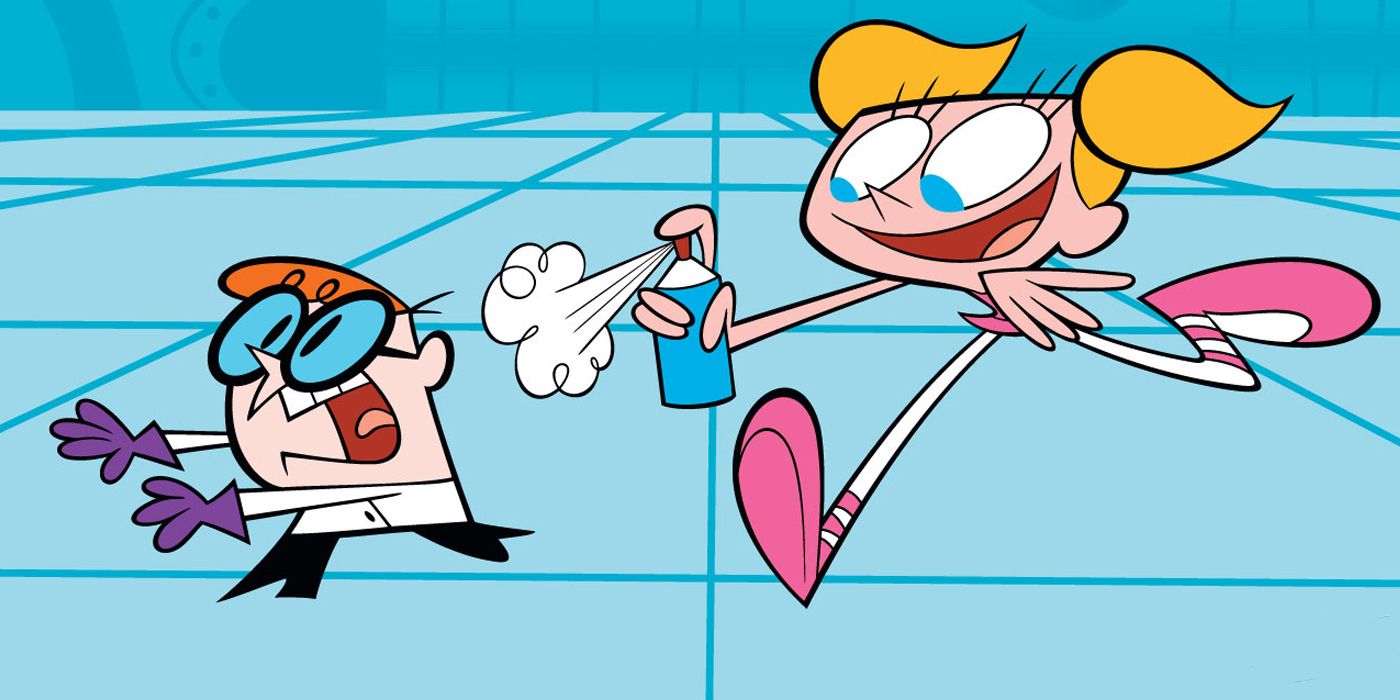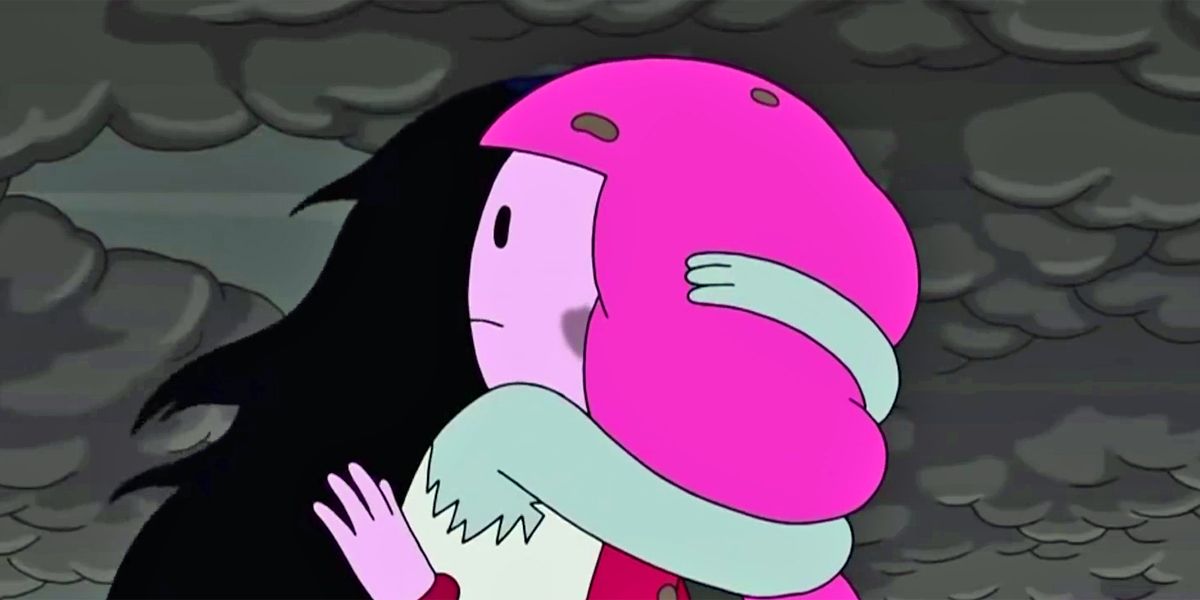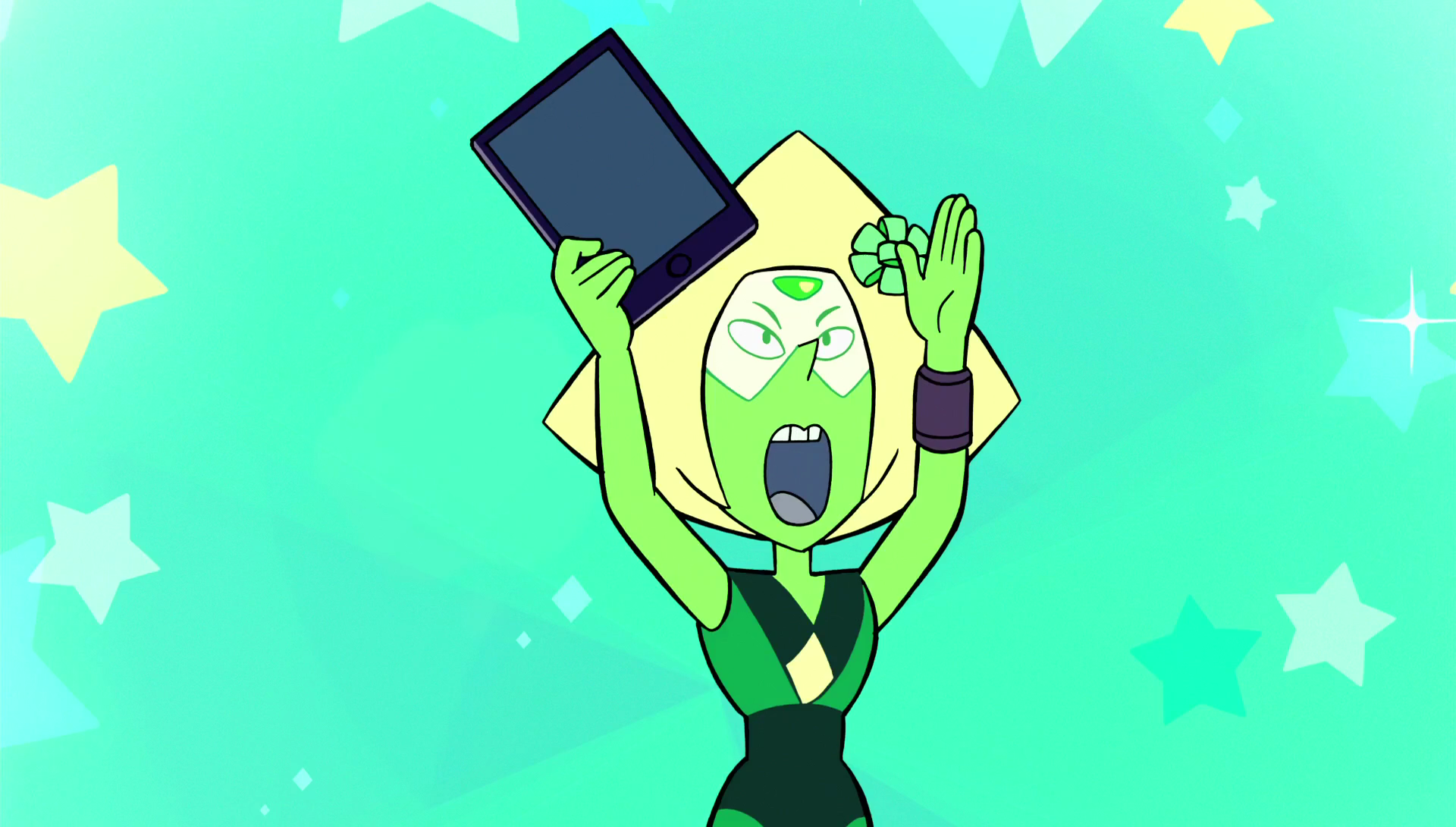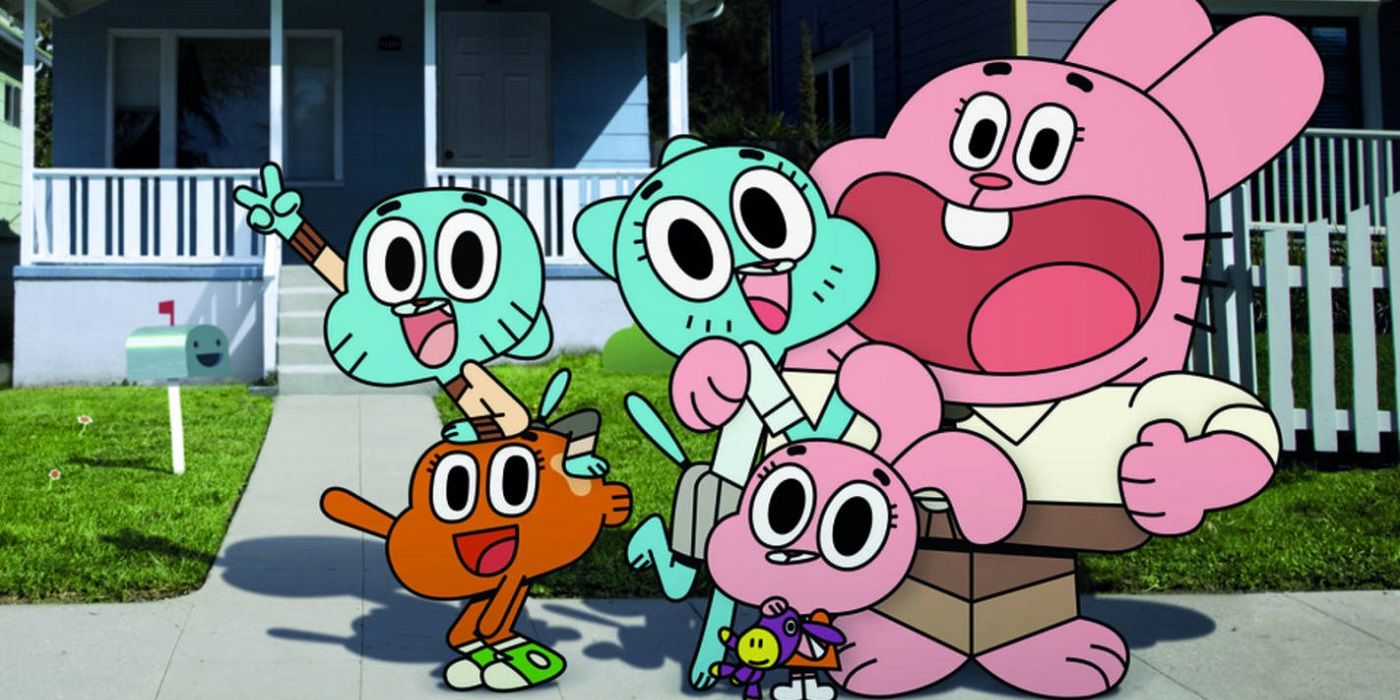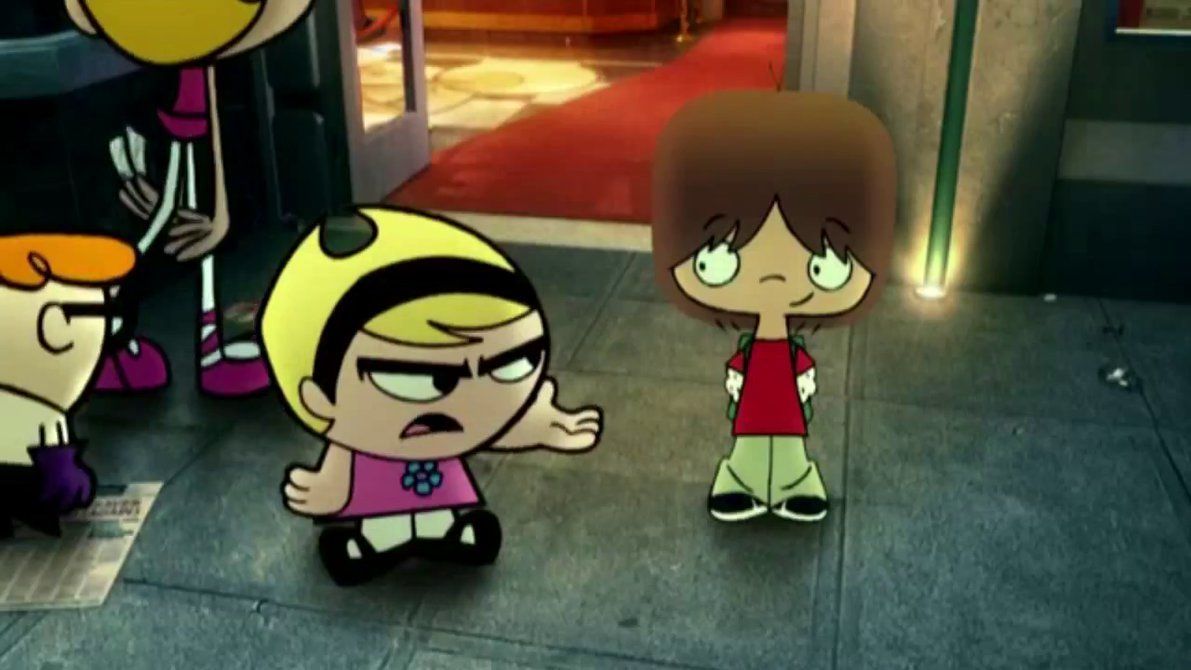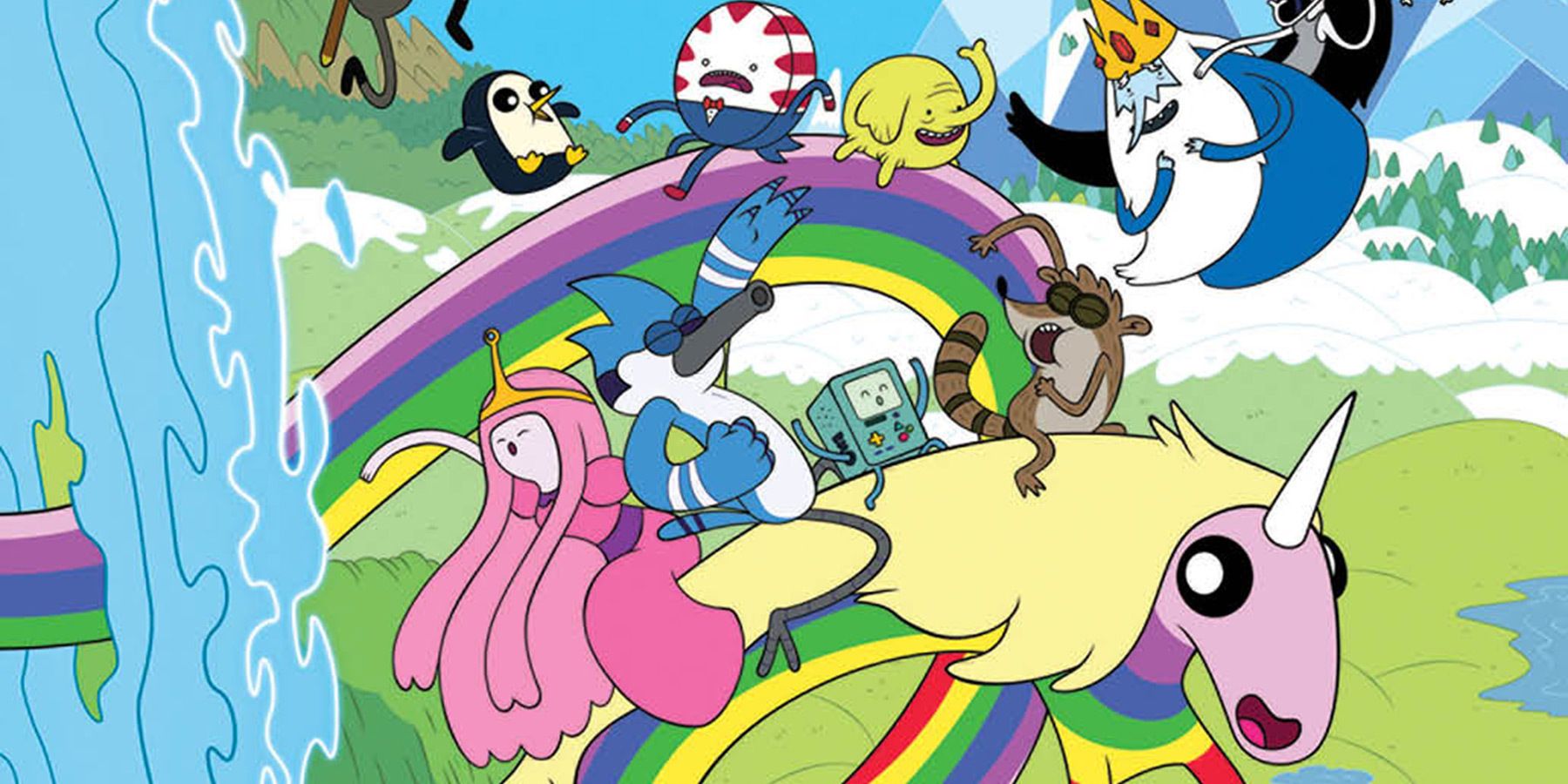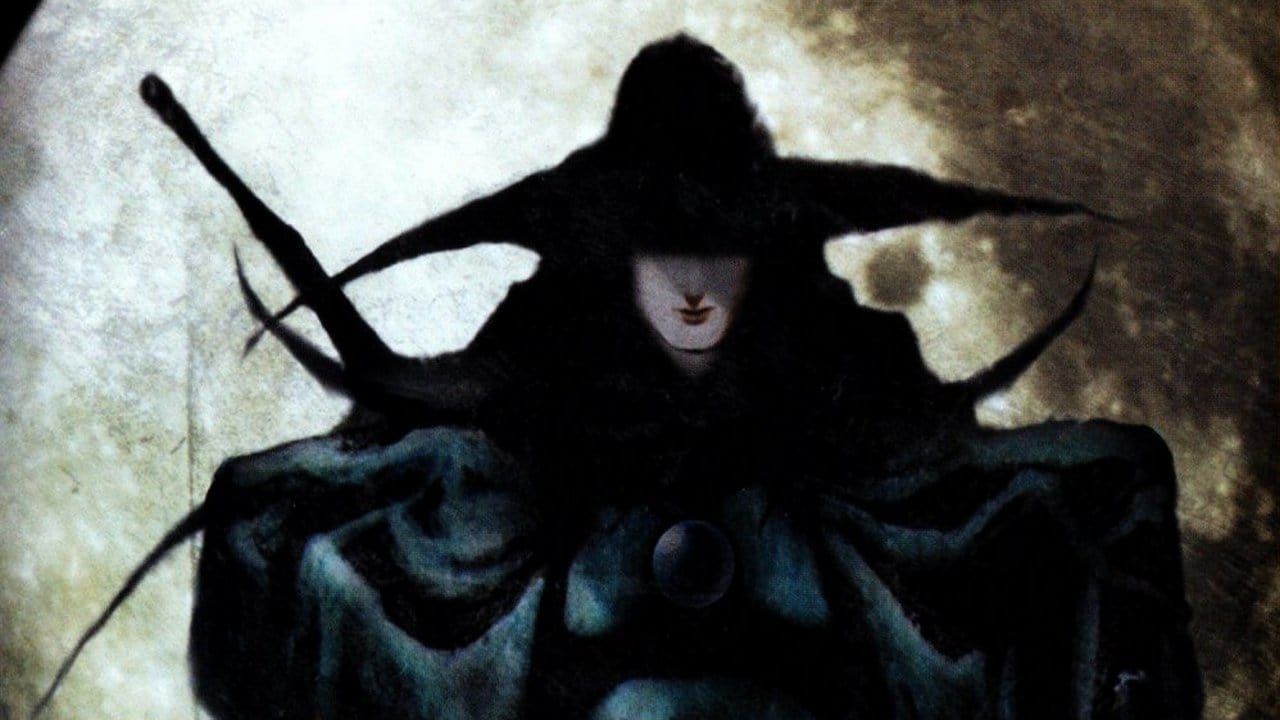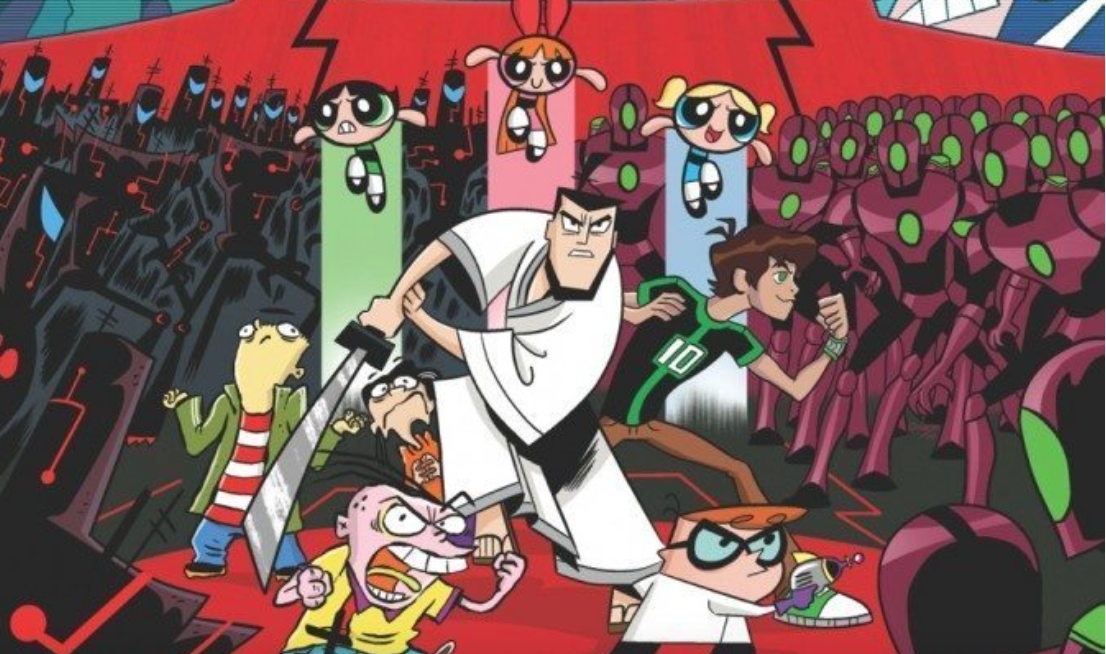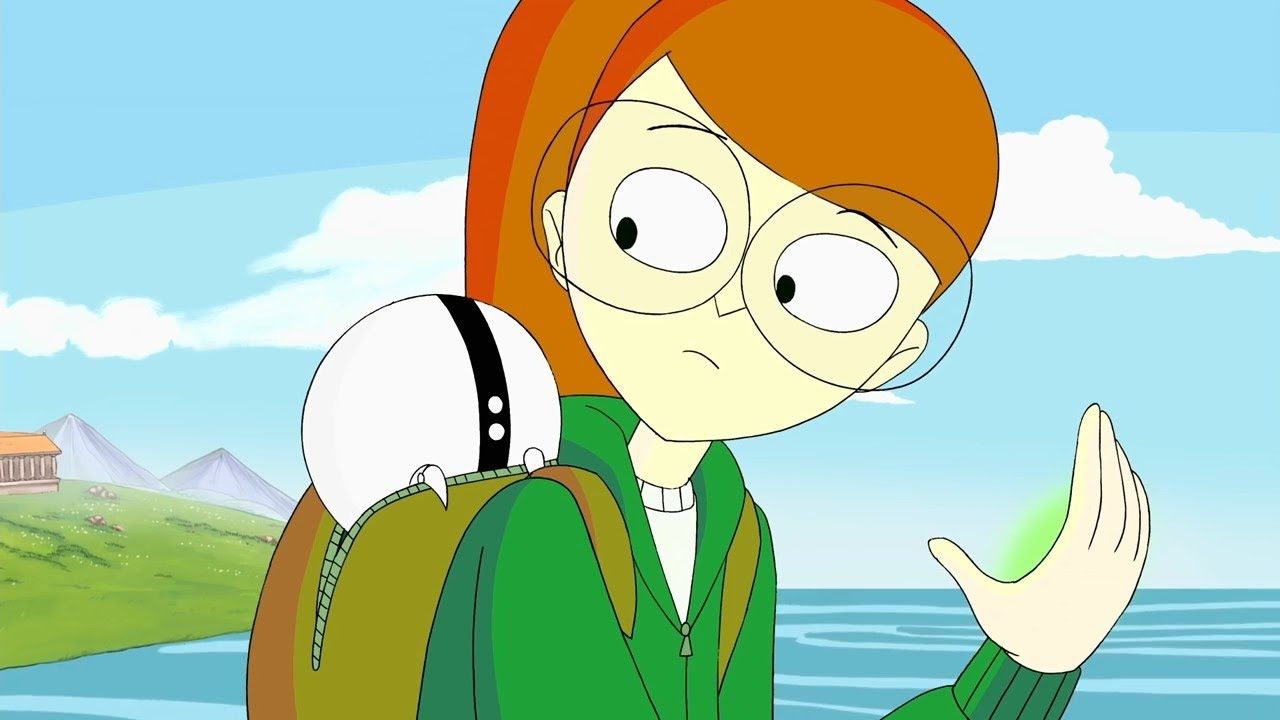When was Cartoon Network at its best? Honestly, most people's answers will probably be "When I was 10." Of course, those who were 10 sometime in the late '90s or early '00s actually have a stronger than usual case beyond just nostalgia. Cartoon Network launched in 1992 as mainly a dumping ground for old Hanna-Barbera reruns, but as the decade progressed, the channel grew into an outstanding mix of original, classic and acquired content. In many cases, modern Cartoon Network can't compete with the channel's Golden Age... but as loathe as many nostalgic millennials are to admit it, there are significant areas where Cartoon Network has actually gotten better in the last decade.
For the sake of this argument, we're defining the "Old-School Cartoon Network" as the era lasting from 1992 to 2005, up until the network's first ill-advised foray into live-action programming. 2006-2009 is the "Dark Age," when the increased focus on live-action threatened to alienate both cartoon fans and creators. The "Modern Era" goes from 2010, when Adventure Time and Regular Show revitalized the channel, to the present day. Arguably, we might be entering a new age, with popular shows of the past decade either recently concluded or soon reaching their conclusions and the increasing focus on streaming possibly completely transforming the network, but from our current vantage point it's hard to define a clear breaking point. This article will be comparing the strengths and weaknesses of 1992-2005 Old-School Cartoon Network to those of Cartoon Network in the 2010s. Note we're not discussing Adult Swim, arguably a separate "network."
20 OLD: SCHEDULES WITH VARIETY
Look at any given Cartoon Network schedule from 2018 and, with few exceptions, it's almost certainly going to be almost all Teen Titans Go! and The Amazing World of Gumball. Far from the worst shows they could be repeating ad naseum, but when they have such a deep library, it's embarassing when two shows often take up 80% of time slots.
Old-school Cartoon Network might have gone through phases of overplaying Scooby Doo or Ed, Edd, 'n Eddy, but they never had just two shows take up 80% of the schedule. The shows Cartoon Network airs today might be as good or better than the ones from the past, but just in terms of having a diverse line-up, they've declined.
19 NEW: ONLINE VIEWING
The flipside of Cartoon Network no longer caring much about its on-air schedule is an increased emphasis on its digital platforms. Even in the old days, Cartoon Network tried to push ahead on streaming video with exclusive "Web Premiere Toons" and the Toonami Reactor and Jetstream services. Of course, technology's improved and now it's possible for Cartoon Network to make streaming its main priority.
The Cartoon Network website and app often premiere episodes before they air on TV. They also release unaired pilots to gauge audience reactions. Episodes of all current shows are available on the site with a cable log-in. Older shows, meanwhile, are generally available on either Hulu or the Boomerang streaming service.
18 OLD: SHOWING THE CLASSICS
When Cartoon Network started out, it was all reruns of old cartoons, mostly from the Warner Bros, MGM and Hanna-Barbera libraries. Even as the network built up its original programming in the late '90s and early '00s, the classics still aired alongside the new shows.
You used to be able to get an education in animation history through watching Cartoon Network, with programs like Toonheads and The Popeye Show including information about the making of these classics. Sadly, it's a lot harder to sell these shows in a widescreen HD world. While Looney Tunes and Tom and Jerry have occasionally popped up in modern schedules, mostly they're relegated to Boomerang.
17 NEW: LOOSER CONTENT STANDARDS
Cartoon Network's original programming has always had a history of pushing the limits of what could be done within a TV-Y7 rating. In 2010, Cartoon Network made things even looser censorship-wise, giving its fresh batch of shows including Adventure Time, Regular Show, MAD and the sadly short-lived Sym-Bionic Titan the freedom of the TV-PG rating.
In practice, this has given shows in the modern era of Cartoon Network more leeway in regards to violence, innuendo and generally mature themes (early on, it even allowed for mild cursing in Regular Show and MAD). While there's been a trend back towards G/Y7 shows since 2015, shows like Steven Universe still enjoy less censorship than they might have faced in the past.
16 OLD: ACTION SHOWS GIVEN RESPECT
From 1992 through 2010, Cartoon Network always had at least one dedicated block of action cartoons, most notably Toonami from 1997-2008. This decade, however, action shows have gotten the short shrift. Where comedies are allowed to succeed without focusing on merchandise, action series like Sym-Bionic Titan and Young Justice got canned specifically due to a lack of toys. Even the highly toyetic Ben 10 had to get rebooted in a more comedic direction.
The most striking comparison between the network's treatment of action cartoons in the past and today is comparing the treatment of Justice League/Unlimited and Justice League Action. The Bruce Timm series got lots of promotion and the primetime treatment. Action, which specifically made its style lighter to fit with modern trends, got dumped at 7AM with no chance of success.
15 NEW: BLENDING GENRES
So serious-minded action shows can't thrive on Cartoon Network's all-comedy line-up today. Those comedies, however, have more leeway to deal with action and serious drama than ever before. There was some genre blending in the old-school Cartoon Cartoons, with Powerpuff Girls being an action-comedy and Courage the Cowardly Dog being a horror-comedy, but Adventure Time and its progeny pushed the melding of tones and styles way further.
The apex of this might be the miniseries Over the Garden Wall. How would one even classify Patrick McHale's unique mix of early 20th century Americana and Dante's Inferno-esque metaphorical fantasy? Funny, yes, but there's so much more going on there. While the ambitious genre-blenders don't get the same airtime as Teen Titans Go!, they're still getting made.
14 OLD: ANIME DURING DAYTIME HOURS
It can't be overstated how significant Cartoon Network was in introducing anime to a generation of American kids. Even if Pokemon on Kids' WB was the biggest phenomenon, it was the likes of Dragon Ball Z, Sailor Moon and Naruto on Toonami that would make many of these kids hardcore otaku for life.
When Toonami was canceled in 2008, so ended Cartoon Network's interest in airing anime aside from the occasional toy commercial show like Bakugan. Toonami's now back on Adult Swim, airing Dragon Ball Z and Naruto in late-night timeslots with less editing than the old runs but also less chance of reaching younger viewers. Kids might get their anime streaming these days, but we still miss when Cartoon Network cared about anime.
13 NEW: ONGOING STORIES
As Cartoon Network's programmers have grown less and less interested in anime, however, the people making their cartoons have only become more inspired by anime. Various aspects of anime influence can be found throughout modern Cartoon Network shows, but perhaps the most significant is the increase in serialized storytelling.
Cartoon Network used to frown upon continuity in its original productions; even a show like Samurai Jack with a supposed plot goal wasn't allowed real plot progression until the final season on Adult Swim. Justice League Unlimited and Teen Titans had seasonal arcs back in the day, but shows like Adventure Time and Steven Universe have grown extra ambitious in their ongoing storytelling. Even lighter-themed shows like Regular Show and OK K.O.! developed ongoing plots.
12 OLD: PROGRAMMING BLOCKS
Remember programming blocks? When your schedule has a variety of shows and not just the same two or three shows over and over again, you can organize shows by theme and promote them memorably! There have been many memorable blocks throughout Cartoon Network's history: the action-focused Toonami, the retro-themed Boomerang, the Cartoon Cartoon Fridays block of premiere original shows.
Today, the only surviving major "block" on Cartoon Network is the one that's literally become its own network: Adult Swim (which has the revived Toonami as a sub-block). Cartoon Network brought back a bit of their old school flavor from 2012-14 with the Cartoon Planet and DC Nation blocks, but since then there's been a lack of effort put into well-promoted themed programming.
11 NEW: SUPPORTING DIVERSE CREATORS
Of the 24 original shows made by Hanna-Barbera and Cartoon Network Studios between 1996 and 2005, 22 were created exclusively by white men. Filipino-American Van Partible created Johnny Bravo and Julie McNally Cahill co-created My Gym Partner is a Monkey with her husband Tim, but otherwise "classic" Cartoon Network wasn't the most diverse.
Cartoon Network's been working to cultivate more diverse talent. Steven Universe has a non-binary creator, Rebecca Sugar, and Summer Camp Island has a female creator, Julia Pott. Ian-Jones Quartey became the network's second black creator (after André 3000, who made Class of 3000 in 2006) with OK K.O! Let's Be Heroes, while Daniel Chong created We Bear Bears as an allegory for being a minority in America.
10 OLD: INTERACTION WITH VIEWERS
Did you know audiences chose the first Cartoon Cartoons by vote? Cartoon Network polled responses to the What a Cartoon! shorts in 1995. Dexter's Laboratory was the favorite, followed by Johnny Bravo and Cow and Chicken. All three shorts recieved series. More pilot polls in 2000 and 2001 got Billy and Mandy and Codename: Kids Next Door picked up.
Viewers could call in to request cartoons to air on JBVO and vote for the network's "President." Toonami showcased fan-art. The loss of such direct viewer interaction might be the result of how interconnected the social media world's become and its related problems. Adult Swim still manages viewer interactions, but with an oft-necessary sense of mockery and irony a kids' channel couldn't and shouldn't use.
9 NEW: LGBTQ REPRESENTATION
You could find LGBTQ characters in older Cartoon Network shows (Him from The Powerpuff Girls has to be something), but it was all coded innuendo rather than actual representation. Dexter's Lab and Cow and Chicken had episodes banned for arguably tasteless gay jokes. Representation in anime typically faced censorship, most infamously Sailors Uranus and Neptune becoming "cousins" in Sailor Moon. .HACK//sign was uncensored, but only aired at midnight.
Technically, if you count their love potion-induced "marriage," you could argue Dean Toadblatt and the Sorting Squid in Billy and Mandy were the network's first gay couple, but really it was Steven Universe that broke down representation barriers. Subtext in Adventure Time became text, and Clarence and Summer Camp Island among others have included gay characters.
8 OLD: NO RIDICULOUS HIATUSES
Cartoon Network was actually doing really good at avoiding this problem early in the "modern era," from 2010 to 2014. Adventure Time and Regular Show would rarely go a month without new episodes airing in their early seasons. Around 2015, however, all shows transitioned to short week-long "premiere bombs" to imitate streaming binge-watching, with lengthy hiatuses.
It's really messed with Steven Universe's pacing in particular; they burst through Season Three in one summer of bombs while Season Five has been spread out over almost two years. The serialization of modern Cartoon Network hits makes the hiatuses more frustrating than they'd be otherwise. The absence of reruns makes it easy to forget shows like Apple and Onion and Summer Camp Island even exist between hiatuses.
7 NEW: GIVES SHOWS MORE EPISODES
You could typically estimate how long older Cartoon Network shows would last. Unsuccessful shows would make it to 26 episodes at most, moderate hits would get 52 and only really big hits got 78 episodes. Episode counts this decade are a lot higher. Some of that is cheating due to episodes now being 11 minutes instead of 22, but even just counting half-hours, the trend is upward.
Adventure Time concluded with approximately 141 half-hours, and Regular Show with around 130 plus a movie. Gumball will conclude next year with 120 half-hours, and Teen Titans Go! is at 113 and counting. Even moderate hits have had the chance to last; it seems unlikely Clarence would have gotten 65 half-hours and Uncle Grandpa 76 in the '90s.
6 OLD: CREATIVE COMMERCIALS
On old-school Cartoon Network, the commercials were often as funny as the shows themselves. There were music videos by the likes of Devo and They Might Be Giants. Character crossover spots featured Droopy and Shaggy parodying Pulp Fiction and The Powerpuff Girls rescuing the Super Friends' Wonder Woman and Aquaman. The crossover bits morphed into the network's full-on branding with the 2004 "CN City" design.
Cartoon Network in the United States will occasionally shell out the money for impressive spots like these for their birthday celebrations, but in general the channel's packaging lacks the same pizazz. International Cartoon Networks seem to do more fun interstitials that the US one does (check out this stop-motion Adventure Time spot from CN Latin America).
5 NEW: COMICS
There were licensed comics for Cartoon Network characters back in the day, but they were never really a major priority for DC, with only Dexter's Lab, Powerpuff Girls, and surprisingly Hi Hi Puffy AmiYumi getting their own series. Today, KaBOOM! Studios handles comics adaptations of modern-era Cartoon Network shows while IDW manages the classic properties.
The main run of Adventure Time comics, written initially by Ryan North (later taken over by Christopher Hastings) and illustrated by Shelli Paroline and Braden Lamb, were some of the most acclaimed all-ages comics around. KaBOOM!'s had successful comics for Regular Show, Steven Universe and Ben 10 among others. IDW let Jim Zub and Andy Suriano continue Samurai Jack in comics form before Adult Swim made its official conclusion.
4 OLD: SPECIAL EVENTS
Did you know that in 1995, years before Toonami and Adult Swim, Cartoon Network actually aired a night of anime movies, including Vampire Hunter D? The "Night of the Vampire Robots" is just one example of the sort of special events old-school Cartoon Network would pull.
There was the yearly "June Bugs" marathon, playing almost every Bugs Bunny cartoon ever made. There were parodies of sports games and awards shows. Toonami did animated music video nights and a "Giant Robot Week." The closest thing this decade in terms of event programming on Cartoon Network were the rather inexplicable "Hall of Game Awards," which had nothing to do with cartoons, and even those ended in 2014.
3 NEW: PODCASTS
This isn't so much a thing Cartoon Network today does better than old-school Cartoon Network so much as a thing old-school Cartoon Network didn't do at all. It might not be the most amazing thing in the world, but as Cartoon Network moves more and more into the digital space, it's cool that it's producing interesting podcast content.
The Steven Universe Podcast is a goldmine of production trivia and creative insight into the channel's biggest hit with the older geek crowd. Drawn: The Story of Animation, a collaboration with Stuff Media, carries on the legacy of the old Toonheads-style programming educating about animation (it's also one of the rare examples of Cartoon Network acknowledging Adult Swim programming).
2 OLD: 100% CARTOONS
Cartoon Network today thankfully isn't Dark Age Cartoon Network. There's no more "CN Real" block of reality shows. The only times you'll see live-action on the channel today is the occasional movie. This isn't counting Adult Swim, which has managed to make live-action programming work by virtue of not being called "Cartoon Network," and keeping its live-action content so weird that it couldn't possibly air elsewhere.
That said, before 2005 Cartoon Network was really an all-cartoon network, not even making exceptions for live-action movies. The closest thing to an exception was The Banana Splits, which at least contained cartoon segments. Cartoon Network has ultimately held to its mission better than, say, MTV, but it's still not quite as perfect at that as it once was.
1 NEW: BETTER SHOWS OVERALL
This might be the most controversial point on this list, and the one that's most up for debate. Old-school Cartoon Network certainly made many good and some great shows. In the 2010s, though, the high points have gotten even higher. Were any of the old Cartoon Network shows as emotionally complex as Adventure Time, as narratively ambitious as Steven Universe or as all-around perfect as Over the Garden Wall?
The average quality's been pretty impressive as well. Aside from some questionable reboots of older series, Cartoon Network Studios' current slate is extremely impressive. We Bear Bears, Craig of the Creek and OK K.O.! have proven themselves sweet and clever children's programming, and future productions like Infinity Train and Victor and Valentino looking incredibly promising.

